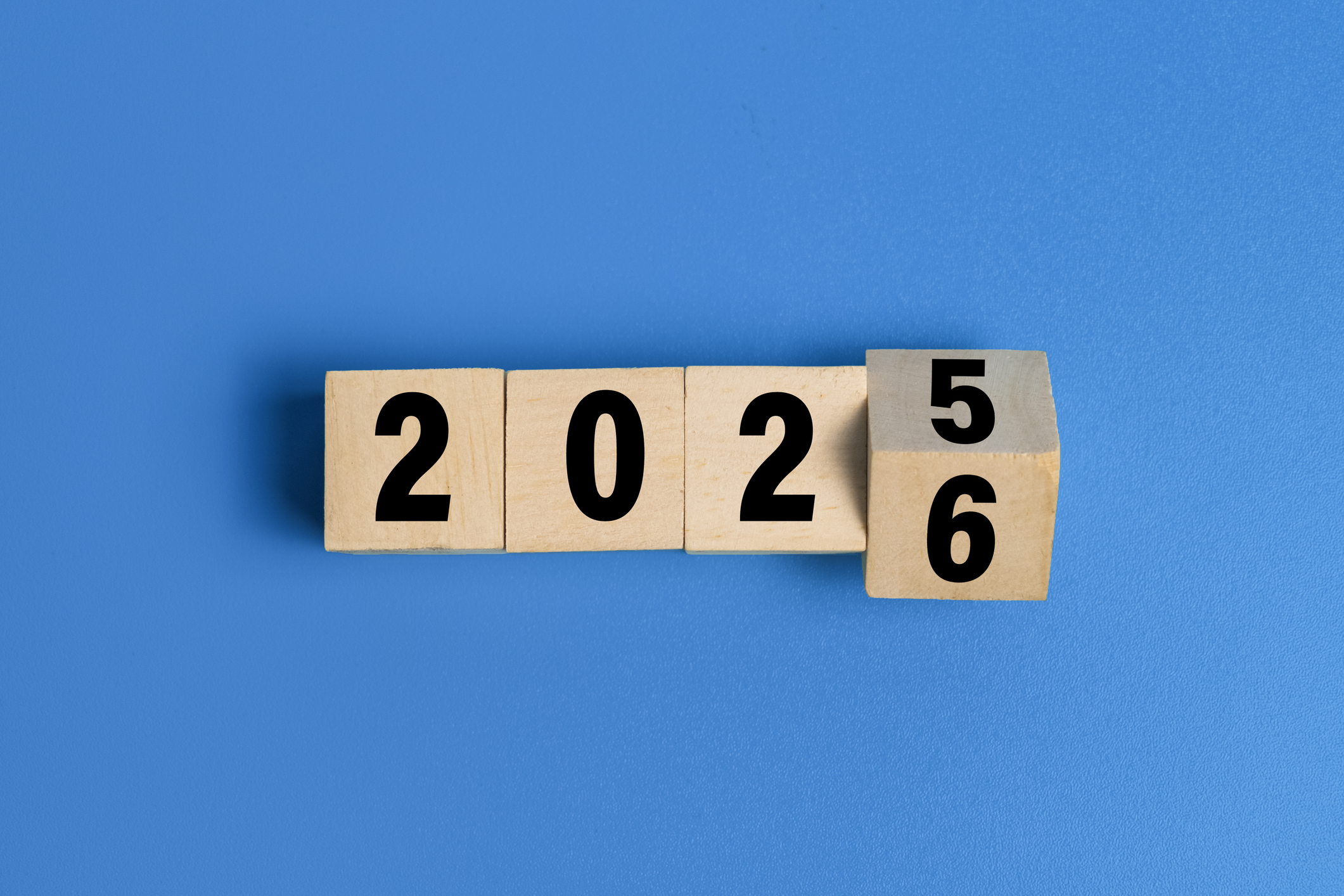The Social Security Earnings Test: Know This Rule Before Working in Retirement
When you work and collect Social Security benefits before your FRA, you are subject to the Retirement Earning Test that could result in a temporary reduction of your benefits.


If you plan to work while collecting Social Security benefits before reaching your Full Retirement Age (FRA), you need to understand the Social Security Earnings Test (officially called the Retirement Earnings Test).
This rule allows the Social Security Administration (SSA) to temporarily withhold a portion of your benefits if your earnings exceed a set annual limit. This surprise deduction often catches retirees off guard, significantly straining their budget and savings plans.
Who does the earnings test affect?

The earnings test applies to beneficiaries who are working and collecting Social Security retirement or survivor benefits and have not yet reached their Full Retirement Age (FRA). Once you reach your FRA, the test no longer applies, and you can earn any amount of money without having your Social Security benefits reduced.
From just $107.88 $24.99 for Kiplinger Personal Finance
Become a smarter, better informed investor. Subscribe from just $107.88 $24.99, plus get up to 4 Special Issues

Sign up for Kiplinger’s Free Newsletters
Profit and prosper with the best of expert advice on investing, taxes, retirement, personal finance and more - straight to your e-mail.
Profit and prosper with the best of expert advice - straight to your e-mail.
If you are under your FRA: Your benefits are subject to the test.
In the year you reach FRA: The earnings limit disappears. You can work and earn any amount of income without affecting your Social Security benefits.
The SSA uses two different earnings limits for those working and collecting benefits, depending on how close you are to your FRA. The limits typically increase each year and are announced by the SSA in conjunction with the COLA and wage tax cap in mid-October.
The two earnings limits for 2025 and 2026

The specific dollar limits and the withholding rate depend on how close you are to your FRA.
Age relative to FRA | 2025 monthly and annual earnings limit | 2026 monthly and annual earnings limit | Withholding rate |
Under FRA (for the entire year) | $1,950 per month, $23,400 annually | $2,040 per month, $24,480 annually | $1 is withheld for every $2 earned above the limit. |
Year you reach FRA (for the months before your birthday) | $5,180 per month, $62,160 annually | $5,430 per month, $65,160 annually | $1 is withheld for every $3 earned above the limit. |
An example of how the withholding works
Assume your Full Retirement Age is 67, and you are 64 in 2025 (under FRA all year).
Annual limit in 2025: $23,400
Your earnings: $30,000
Excess earnings: $30,000 (earnings)−$23,400 (annual limit) =$6,600
Benefits withheld (at the $1 for $2 rate): $6,600/2=$3,300
The SSA would temporarily withhold a total of $3,300 from your scheduled benefits for the year. This is typically done by withholding entire monthly checks until the total reduction is met.
Remember, not only will the reduction go away when you reach FRA, but you will also recoup any benefits lost to the reduction when you reach your FRA. More about that below.
The crucial recalculation: withheld money is not lost

The most misunderstood aspect of the Earnings Test is whether the withheld money is lost forever. The good news is that it is only temporarily withheld. Once you reach your FRA, the SSA performs a recalculation, increasing your future monthly benefit to credit you for all the months of benefits that were previously withheld. Essentially, the Earnings Test trades a temporary benefit reduction now for a permanent increase in your monthly benefit later.
The net result is that you receive the total value of your retirement benefits over your remaining lifespan. While it may not be preferable to have a portion of your Social Security benefits withheld until after you reach your FRA, this happens in the context of you being currently employed. As they say, forewarned is forearmed — you can plan for and around that reduced benefit until you hit your FRA.
What counts as "earnings"?

The Earnings Test is based solely on earned income.
Type of Income | Header Cell - Column 1 | Header Cell - Column 2 |
|---|---|---|
Wages/salary | Gross pay, including bonuses, commissions, and vacation pay. | If you are a W-2 employee, income counts when it’s earned, not when it’s paid. |
Net earnings from self-employment | The net profit you make from a business or self-employment after deducting allowable business expenses. | If you’re self-employed, income counts when you receive it — not when you earn it. This is not the case if it’s paid in a year after you become entitled to Social Security and earned before you became entitled. |
Type of Income | Header Cell - Column 1 | Header Cell - Column 2 |
|---|---|---|
Retirement accounts | Withdrawals from 401(k)s, IRAs (traditional or Roth), 403(b)s, Keogh plans, etc. | Row 0 - Cell 2 |
Pensions/annuities | Payments from private, government, or military retirement pensions or annuities. | Row 1 - Cell 2 |
Investment income | Interest, dividends, rental income, capital gains, or royalties (under certain conditions). | Row 2 - Cell 2 |
Other benefits | Veterans' benefits, other government benefits | Row 3 - Cell 2 |
The special first-year rule

The SSA has a special earnings rule for the first year you claim benefits. This helps those who retire mid-year after having already earned well over the annual limit. Under this rule, you can get a full Social Security check for any whole month you’re retired, regardless of your yearly earnings.
In your first year of claiming, the SSA can apply a monthly test. If you do not earn more than a specific monthly limit, $1,950 in 2025, for those under FRA all year, the SSA considers you "retired" for that month and will pay you a full benefit check, regardless of your total annual earnings from the months before you filed. This limit will increase by $90 to $2,040 in 2026.
If you reach FRA in 2025, you are considered retired in any month in which your earnings are $5,180 or less and you did not perform "substantial services in self-employment." In 2026, that number goes up to $5,430.
What the SSA considers "substantial services in self-employment": devoting more than 45 hours a month to the business, or between 15 and 45 hours to a business in a highly skilled occupation, or managing a sizable business. However, if you work less than 15 hours a month, you’re considered retired.
Working may defer some of your benefits, but will not reduce your benefits
If you are worried about losing some of your benefits because of the earnings test if you work after claiming Social Security, I hope you are relieved to know it's just a matter of time before you collect those 'lost' benefits. When you hit your FRA, your monthly benefit will be recalculated and raised to reflect all of the money temporarily withheld under the earnings test.
Related Content
Profit and prosper with the best of Kiplinger's advice on investing, taxes, retirement, personal finance and much more. Delivered daily. Enter your email in the box and click Sign Me Up.

Donna joined Kiplinger as a personal finance writer in 2023. She spent more than a decade as the contributing editor of J.K.Lasser's Your Income Tax Guide and edited state specific legal treatises at ALM Media. She has shared her expertise as a guest on Bloomberg, CNN, Fox, NPR, CNBC and many other media outlets around the nation. She is a graduate of Brooklyn Law School and the University at Buffalo.
-
 This Is Why Investors Shouldn't Romanticize Bitcoin
This Is Why Investors Shouldn't Romanticize BitcoinInvestors should treat bitcoin as the high-risk asset it is. A look at the data indicates a small portfolio allocation for most investors would be the safest.
-
 I'm a Federal Benefits Pro: I Answer These 2 Questions a Lot
I'm a Federal Benefits Pro: I Answer These 2 Questions a LotMany federal employees ask about rolling a TSP into an IRA and parsing options for survivor benefits, both especially critical topics.
-
 An Income Strategy for a Volatile Market: Guide for Advisers
An Income Strategy for a Volatile Market: Guide for AdvisersAdvisers are increasingly turning to private credit such as asset-based and real estate lending for elevated yields and protection backed by tangible assets.
-
 I'm a Financial Pro Focused on Federal Benefits: These Are the 2 Questions I Answer a Lot
I'm a Financial Pro Focused on Federal Benefits: These Are the 2 Questions I Answer a LotMany federal employees ask about rolling a TSP into an IRA and parsing options for survivor benefits, both especially critical topics.
-
 Smart Money Moves Savers Should Make in 2026
Smart Money Moves Savers Should Make in 2026These steps will get you on the road to achieving your 2026 savings goals.
-
 I Retired at 63 to Enjoy My Free Time but My Grown Kids Want Help With Childcare. I Love My Grandkids but It's Too Much. What Should I Do?
I Retired at 63 to Enjoy My Free Time but My Grown Kids Want Help With Childcare. I Love My Grandkids but It's Too Much. What Should I Do?We asked therapists and relationship experts for advice.
-
 5 RMD Mistakes That Could Cost You Big-Time: Even Seasoned Retirees Slip Up
5 RMD Mistakes That Could Cost You Big-Time: Even Seasoned Retirees Slip UpThe five biggest RMD mistakes retirees make show that tax-smart retirement planning should start well before you hit the age your first RMD is due.
-
 I'm a Wealth Adviser: My 4 Guiding Principles Could Help You Plan for Retirement Whether You Have $10,000 or $10 Million
I'm a Wealth Adviser: My 4 Guiding Principles Could Help You Plan for Retirement Whether You Have $10,000 or $10 MillionRegardless of your net worth, you deserve a detailed retirement plan backed by a solid understanding of your finances.
-
 A Retirement Triple Play: These 3 Tax Breaks Could Lower Your 2026 Bill
A Retirement Triple Play: These 3 Tax Breaks Could Lower Your 2026 BillGood news for older taxpayers: Standard deductions are higher, there's a temporary 'bonus deduction' for older folks, and income thresholds have been raised.
-
 10 New Year's Resolutions for Retiring Next Year
10 New Year's Resolutions for Retiring Next YearThese New Year's resolutions will help you retire in 2026 with confidence in your financial strategy.
-
 How Much Would a $50,000 HELOC Cost Per Month?
How Much Would a $50,000 HELOC Cost Per Month?Thinking about tapping your home’s equity? Here’s what a $50,000 HELOC might cost you each month based on current rates.